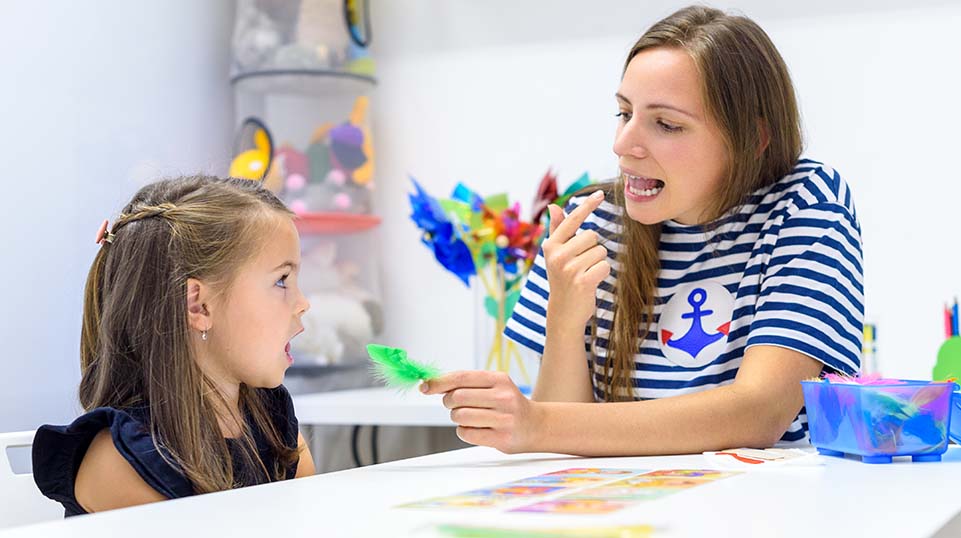Parenting a child with Autism is a journey filled with unique challenges and moments of profound love. For the 1 in 36 children in the U.S. with Autism, the need for support and guidance has never been more vital. As parents, caregivers, and advocates for these incredible individuals, you play a pivotal role in your child’s development.
But you’re not alone in navigating this journey.
At Westside, we understand the importance of a strong support system and tailored services to empower both you and your child with Autism. Occupational Therapy helps children with Autism develop essential life skills, improve communication, enhance sensory processing, and gain independence in daily activities. With Westside, you can trust that your child is receiving the highest quality care and support on their journey.
What is Occupational Therapy?
When you think of Occupational Therapy (OT), you may be inclined to think about adults recovering from injuries or surgeries. However, it also has a significant impact on the lives of children, particularly those with Autism.
Occupational Therapy helps your child do the things they need and love to do every day. Whether it’s playing, eating, dressing up, or learning, OT makes those activities easier and more enjoyable for your child. The purpose of OT in the context of Autism is to help remediate the sensory and motor challenges that get in the way of a child’s learning and development. It also helps children achieve their daily tasks and promotes greater independence and participation in their daily routines.
The Difference Between Occupational Therapy and ABA Therapy
While there are various therapies available for children with Autism, including Applied Behavior Analysis (ABA) Therapy, OT stands out due to its focus on daily life skills. It aims to enhance a child’s ability to participate in meaningful activities.
OT addresses a broad range of skills, one of the most important for children with Autism being sensory processing. Over 96% of children with Autism have sensory processing challenges, which can range from mild to severe. OT also addresses motor development, self-care, and essential daily living tasks.
ABA Therapy is focused on behavior – the things your child does or doesn’t do. It is often used to target behaviors such as communication, social skills, and reducing challenging behaviors. ABA therapists use special techniques to teach children these skills, step by step.
While OT and ABA therapy serve different purposes, their combined use proves most beneficial and effective when supporting children with Autism.
Sensory Integration and Autism: The Role of Occupational Therapy

Sensory processing challenges can make it difficult for children to process and respond to sensory stimuli from their environment. This can lead to sensory sensitivities or seeking behaviors. Understanding these challenges is crucial because they often contribute to difficulties in daily life and social interactions.
Sensory processing issues in children can manifest in various ways. Here are some common signs of sensory challenges in children.
Sensory Integration Therapy
In OT, a trained therapist will conduct a thorough assessment of your child’s sensory profile. This assessment helps identify their specific sensory sensitivities, including areas where they may be hypo-responsive (under-reactive) and areas where they may be hyper-responsive (over-reactive) to sensory stimuli.
Sensory integration therapy involves a wide range of activities and exercises designed to stimulate and challenge the child’s sensory system. These activities may include swinging, spinning, jumping on trampolines, climbing, deep-pressure massages, brushing, and various tactile experiences.
Sensory stimuli are introduced in a controlled and gradual manner, helping the child become more accustomed to different sensations over time. The goal is to reduce sensory sensitivities and improve the child’s ability to process and respond to sensory input appropriately.
The therapist may recommend changes to the child’s home or school environment to accommodate their sensory needs. This can include creating sensory-friendly spaces or providing sensory tools and equipment like weighted blankets, fidget toys, or noise-canceling headphones.
Developing Fine and Gross Motor Skills
For children with Autism, motor skill development can be challenging due to sensory sensitivities, coordination difficulties, and social communication barriers. Occupational therapists are trained to assess these individual needs and create tailored interventions.
Fine motor skills involve intricate movements of the hands and fingers, such as:
- Handwriting
- Coloring
- Cutting with scissors
- Threading beads
- Buttoning a shirt
Gross motor skills encompass larger movements of the body, and include exercises like:
- Running
- Jumping
- Climbing
- Balancing
- Core stability
OT breaks these skills down into small, manageable steps that allow the child to feel successful while learning a new skill.
At Westside, we have state-of-the-art gyms where children work on all of these skills. The best part? Kids LOVE our bright and cheerful OT gyms and for them, it feels like playtime! In reality, their individualized OT plan is helping them to build strength, control, and precision in their movements.
Improving Activities of Daily Living
Few things can disrupt a day more than dealing with meltdowns during essential activities like dressing, feeding, or personal hygiene when you have a child with Autism. This is where OT shines yet again. Activities of daily living encompass motor skills, sensory processing, and communication abilities.
If you think about your child getting dressed, he or she needs to:
- Tolerate different clothing textures
- Have the physical strength and coordination to dress independently
- Effectively communicate their preferences and challenges
Many parents of children with Autism express that these daily challenges have a significant impact on home life. Witnessing the transformation when children gain more independence in completing these tasks is truly remarkable, making daily life at home smoother and more manageable.
The Westside Way
We believe in quality care that places the child and their family at the center of our mission.
We offer convenient scheduling options, ensuring that therapy fits seamlessly into your busy life. Our clinics are thoughtfully designed, providing bright, modern, and welcoming spaces where children can thrive and families can feel at ease.
If you are interested in learning more about Westside’s therapy services, please click the link below or call us at (815) 469-1500 and our team will walk you through the process.







